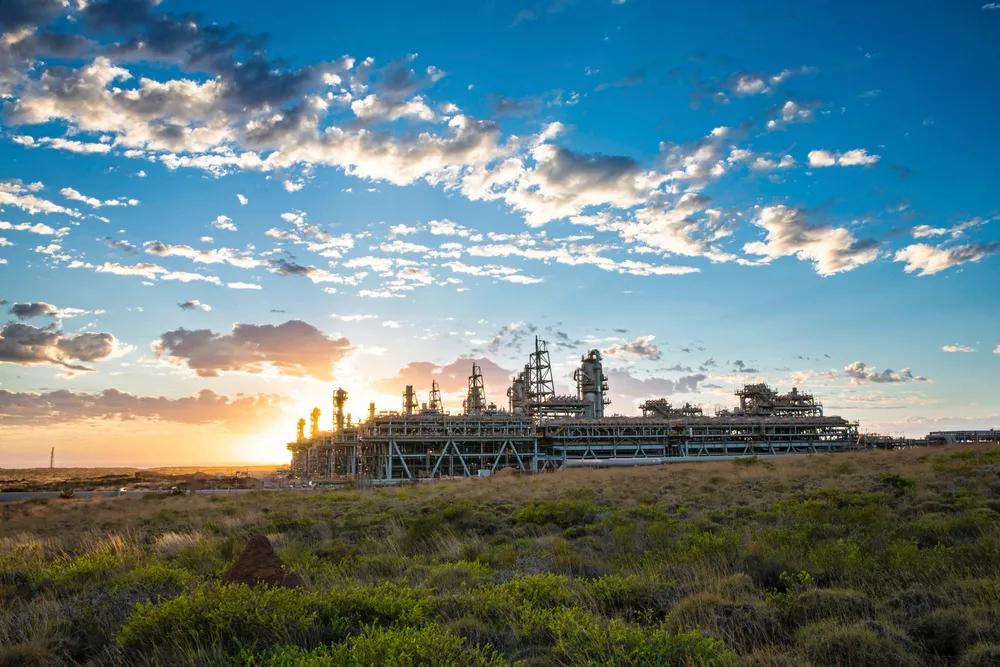Blow for CCS: Chevron's giant carbon capture project falling short of targets
Chevron fails to meet requirements under LNG scheme's project approvals to sequester at least 80% of CO2 emissions in first five years of operation

Chevron fails to meet requirements under LNG scheme's project approvals to sequester at least 80% of CO2 emissions in first five years of operation
